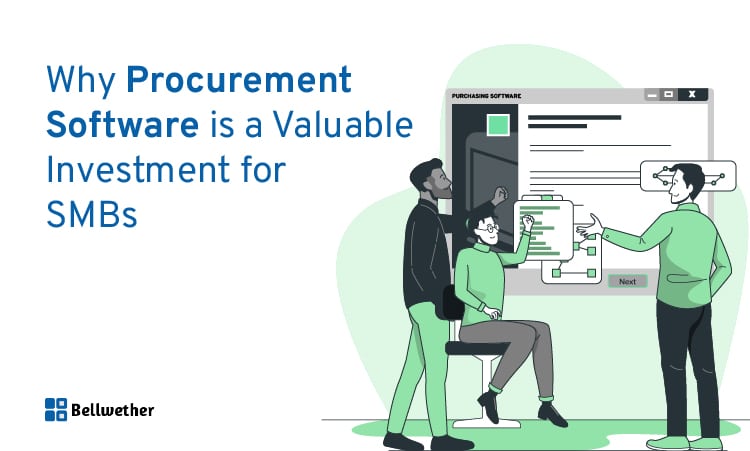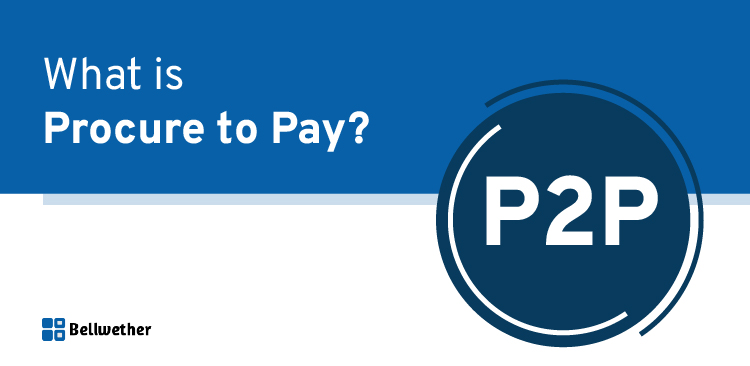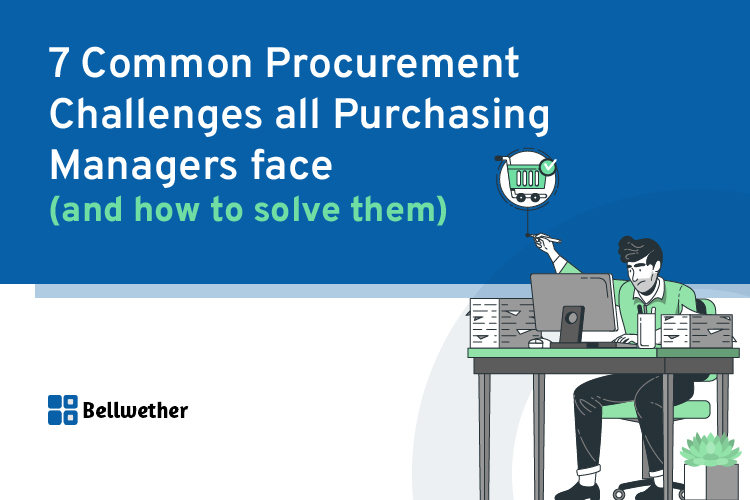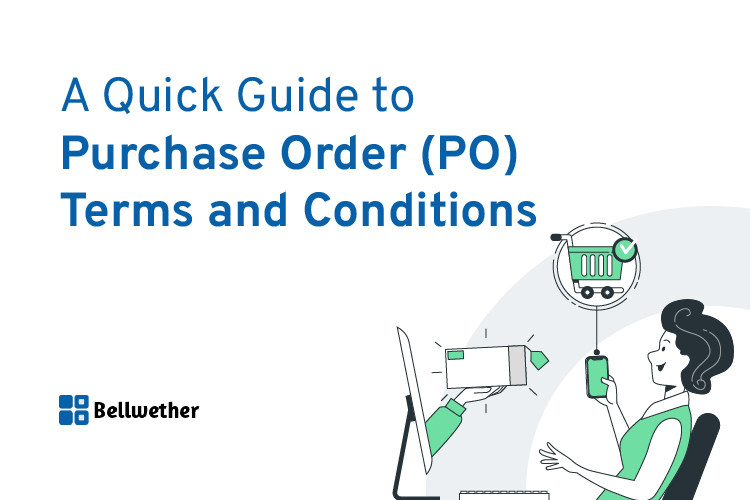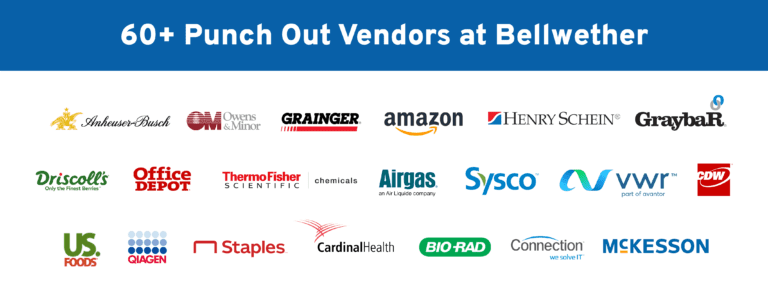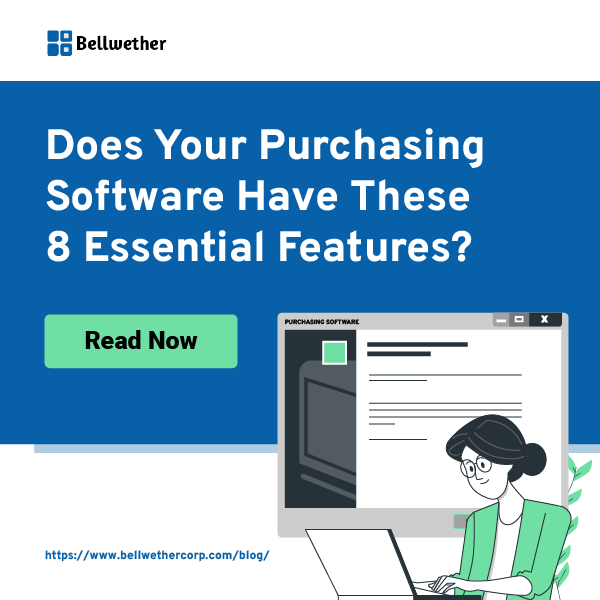Even in these current troubling economic times, the healthcare industry continues to thrive. However, health insurance reform and new laws and regulations regarding healthcare have caused hospitals, medical offices and other healthcare institutions to seek out new and innovative ways to reduce costs. One way that businesses in the healthcare industry can reduce their costs is by taking advantage of purchasing and procurement options in the cloud. But if businesses involved in the healthcare industry can benefit from utilizing purchase to pay services, why aren’t all hospitals and medical practices using them today?
While the healthcare industry is a field that can benefit extensively from the use of cloud-based procurement software, many health care organizations have been hesitant to upgrade their procedures to utilize this great option. That is perhaps because the healthcare field is one in which years of experience give a medical professional the opportunity to be promoted to positions of power that involve making important decisions such as how to take care of purchasing needs.
Purchase-to-Pay Services For Hospitals
For healthcare organizations, purchasing and inventory control needs may be handled by a specific department that is tasked with specific duties. However, in the case of a hospital, the wide variety of inventory and purchasing needs sometimes leads to the tasks being divided up over several departments, which can lead to miscommunication and having a shortage of some essential items and an excess of others. For example, the nursing department may order supplies that are essential for them to do their job such as paper forms, medical equipment, medications and more. The maintenance department may be tasked with ordering cleaning supplies, purchasing cleaning equipment and even purchasing tissues and toilet paper. The cafeteria department may be required to place orders for food and beverages. The list truly goes on and on. However, it is the lack of communication between departments that leads to a breakdown in orders.
With cloud-based purchase to pay software and related services, hospitals can streamline the process so that essential items are ordered in advance of when they are needed and so that there are not multiple orders for the same items coming from different departments. This can potentially save a hospital a great deal of money as orders that are made in bulk are generally less expensive than smaller orders. It can also save the hospital staff time as they will no longer be tasked with completing and submitting purchase orders anymore. Just think of how valuable that will be! It will allow your nurses to keep their attention on tasks directly related to their job, will allow your receptionists to worry about phone reception rather than purchase orders and will enable your maintenance department to concentrate on issues far more important than ensuring there is enough toilet paper to place several rolls in each bathroom and in every room.
As you can see, procurement to pay services can be tremendously beneficial to hospitals and can help hospital staff to keep their attention focused on the essential functions of their specific positions while purchasing concerns are delegated to a dedicated service in the cloud.

